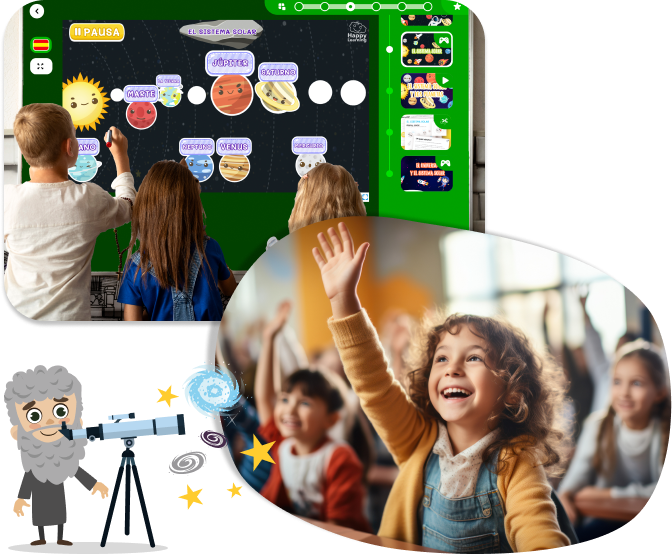Share
Watch in a different language
Spanish
Invertebrate Animals
During this entertaining video dedicated to children in both preschool and primary, we will learn a bit more about this large group of animals.
The invertebrate animals don’t have bones and are oviparous, meaning they reproduce by laying eggs.
We classify them into six different groups: Sponges are aquatic animals and their body is full of pores. Jellyfish and coral, are also aquatic and live in the sea and ocean. Worms have elongated, soft bodies and can either be aquatic or terrestrial. Some protect themselves with the use of a shell, like snails or mussels, but others don’t such as the octopus or slugs. The echinoderms are exclusively aquatic animals, such as the star fish.
Arthropods are the most abundant animals on Earth. They can be either insects: flies and ants, arachnids: spiders and scorpions, crustaceous: crabs and lobsters and myriapods like the caterpillar or centipede.

